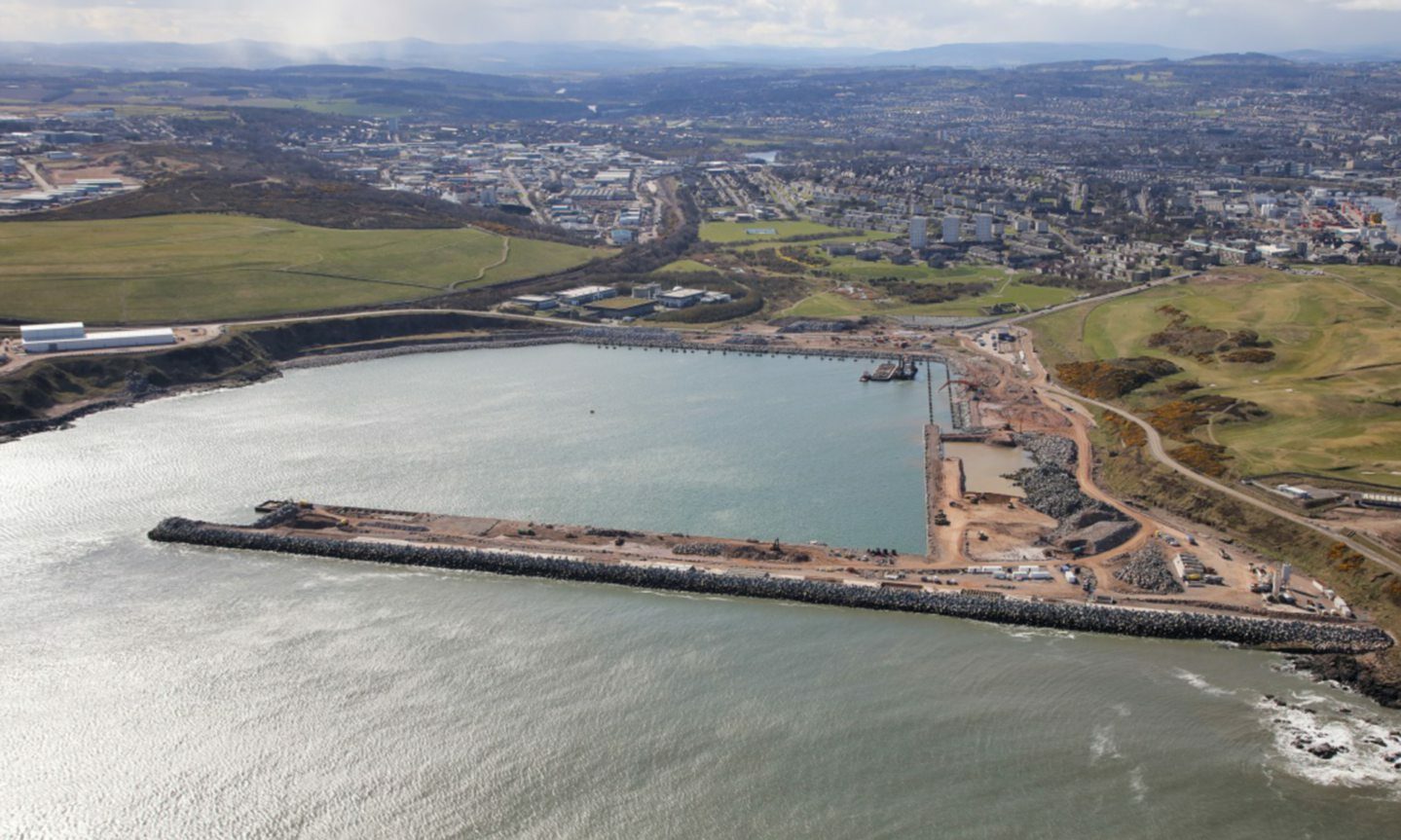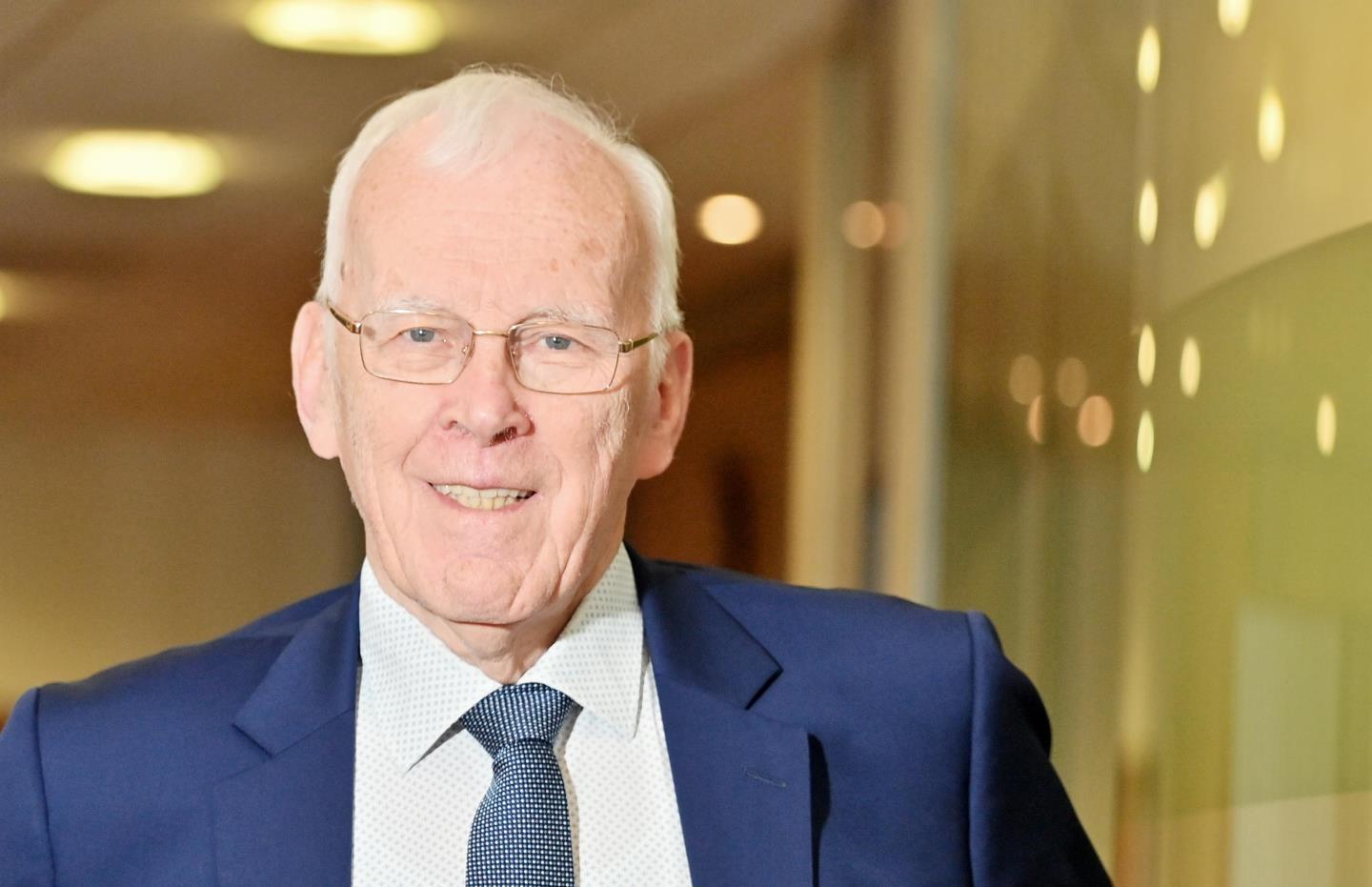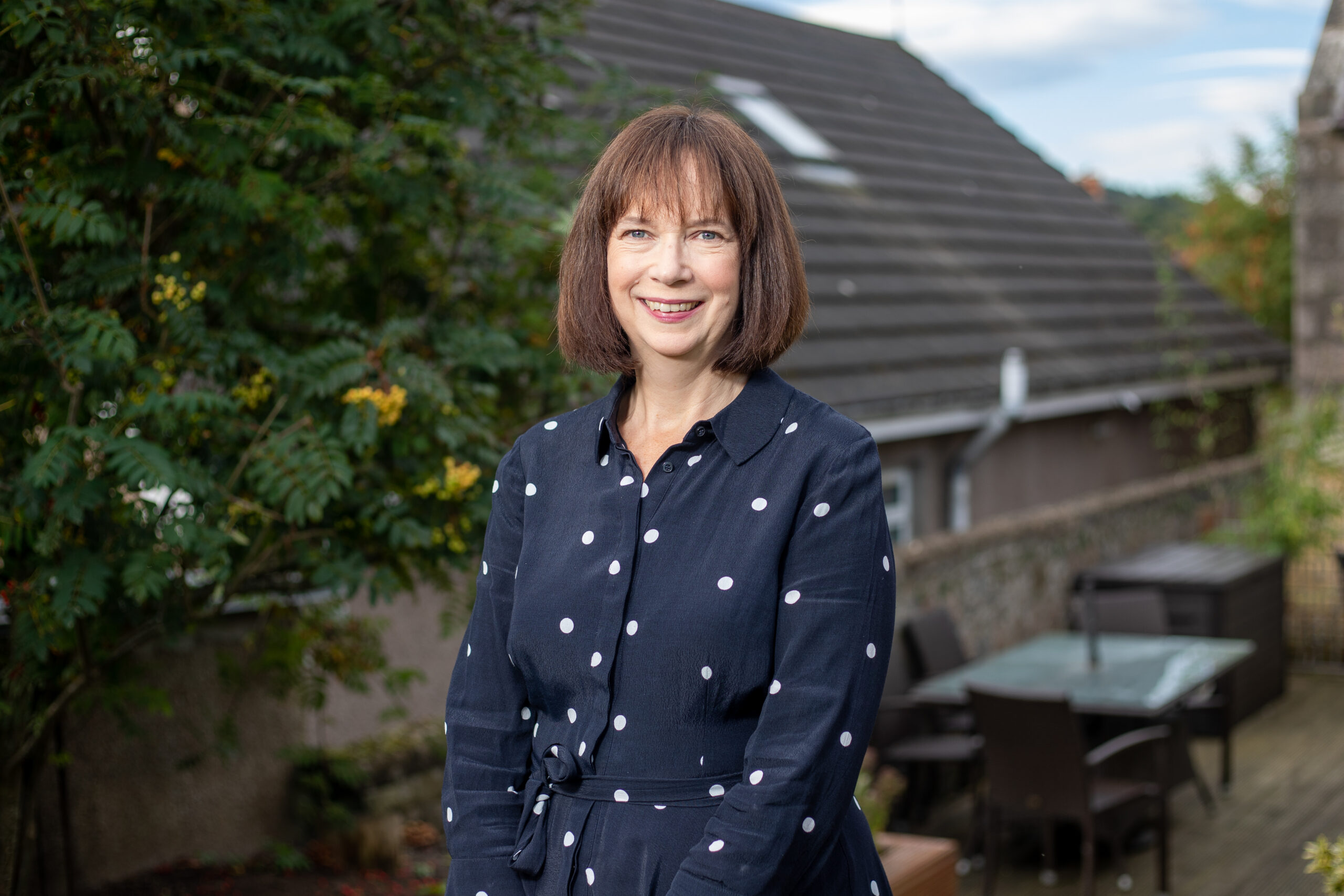
“I feel we deserve to be condemned if we weren’t doing everything we possibly can to find alternatives, but I really believe we are”, claims Sir Ian Wood.
Looking ahead to the UN COP26 in Glasgow, the oil tycoon-turned-philanthropist says: “We have a crisis on our hands, I’m not going to dodge that at all. Climate change is already manifest which I hope will be motivational for some countries to some extent”.
But looking to home, first, the former head of energy services giant Wood Plc said there has been a “mindset change” in the industry and the “energy majors – not the oil and gas majors” who are helping to finance the transition.
“They are genuinely trying to work their way to net zero within the time limit that they have, and if that means talking to their customers then of course they will be doing just that”, Wood believes.
It is these energy majors which Sir Ian has been speaking to for investment in the Energy Transition Zone (ETZ), which his economic development body Opportunity North East (ONE) has planned for the south of Aberdeen, a region with precious green space which he has close family roots in.
Maggie McGinlay, a veteran of Scottish Enterprise, was named CEO of the venture earlier this year, and says the project will be “a real exemplar in terms of net zero and embody what Just Transition means”.
What does that look like for north-east Scotland as it attempts to transition away from the dominance oil and gas has held over the region for the last half-century?
“We’re at a really critical juncture in this”, Ms McGinlay says. “This is the opportunity to demonstrate how oil and gas expertise, knowledge, financial capital and infrastructure can play this major role in accelerating the drive to net zero through offshore wind, green hydrogen, carbon capture utilisation and storage.”
Work is ongoing to “masterplan” the ETZ, ahead of planning permission in principle being applied for, with the project expected to create around 2,500 direct jobs and also enable a further 10,000-plus jobs in the region, according to Ms McGinlay.
A show of support from both the UK and Scottish Governments has resulted in £53 million of public money being offered between them, and additional support from ONE has brought the pot to £60 million so far.
The aim is to leverage a similar sum from the private sector for the first phase.
In any case, the big companies around Aberdeen aren’t badging themselves as “oil” majors anymore. Their deep pockets, and many have made big noises on bids for the ScotWind offshore leasing round, make them obvious ETZ targets.
“A big plus here talking with companies like BP and Shell and TotalEnergies is that we actually know them extremely well”, says Wood.
“Our relationship with BP and Shell goes way back to the 1970s. Of course we’re talking with them.
“The problem we have, I think, is we will be limited to how many of them we can take in to work with.
“I think Aberdeen will be a really important base for these, but it’s not like we could take in five or 10. I hope we will be able to take in two or three of the really big ones and make the best choice that we can with them.”
It is an “exciting time”, adds Sir Ian, who likens work on the energy transition to the oil boom he witnessed and helped facilitate 45 years ago.
“Frankly five or six years ago I had a huge concern that oil and gas was going to wind down and we had an awful big gap to fill.
“It’s a lot better than it was, in that the gap is beginning to be filled by energy transition. The North-east of Scotland badly needs that and that’s just beginning to happen.”
Cambo, Rosebank, Clair South
Realising that transition to net zero means “protecting jobs, continuing to meet our energy requirements and contributing to economic growth”, but it also means domestic supply of oil and gas must be maintained, according to Sir Ian.
“If for any reason, any attempt was made to stop our oil and gas production, God forbid, we’d just import it, which would ultimately mean a higher carbon footprint.”
Industry is under severe pressure with the Cambo field being a key battleground in the lead-up to COP26 as activists demand its cancellation.
Questions linger on whether that will have an impact on other projects in the pipeline like Equinor’s Rosebank, or BP’s Clair South; all three are in the west of Shetland.
“I really hope not”, says Sir Ian, adding that removing those projects along with Cambo means the UK “run out of oil and gas by 2040 and we’d just be importing” (2030, according to recent estimates by the OGA).
Meanwhile he pointed to work going on “at pace” to cut the sector’s emissions viz. the recently-signed North Sea Transition Deal (NSTD) with its targets to slash emissions by 10% by 2025, 25% by 2027, and 50% by 2030. It will also require so-called “Climate Checkpoints” to be reached for any new projects.
Let’s not lament
Both Sir Ian and Ms McGinlay hope COP26 will focus on positive action, rather than lamenting fossil fuels – with the qualification that coal must be phased out.
Particular focus will be on the response of certain major players like China, big fossil fuel producers in South America, and the USA, which is in the interesting position of moving from a Trump administration to Biden, with very differing views on climate action.
“This is a very important COP, but I really hope it is not taken up with people bashing fossil fuels”, Sir Ian said.
“I really hope it spends time on what we can do. Because this is actually what we’re trying to do, we’re not lamenting on fossil fuel right now, we’re doing everything we possibly can to get new energies.”
Hydrogen, and CCS are being mooted to play a role in the ETZ, with an academy to support such skills, while offshore wind is shaping up to be a major near-term focus as the “huge potential” of floating wind comes through.
Offshore wind – bigger than you think
Much of the manufacturing work for Scottish offshore wind projects has, historically, gone overseas, leading to the collapse of the mothballed manufacturer Bi-Fab which unions branded a “scandal”.
The UK plans boost its offshore wind capacity from around 10 gigawatts currently to 40 GW by 2030, with similarly big ambitions for growing local content in the projects.
And plenty of areas across the UK want in on the action: like GE Renewables’ new turbine blade factory in Teesside, the £40m renewable energy hub being constructed in Leith, and ongoing work in the Cromarty Firth.
Ms McGinlay added that high-value manufacturing work is a key strand of the ETZ, though that may relate to other parts of wind farm infrastructure, the “balance of plant”, aside from the blades.
Both are bullish about Aberdeen’s ability to compete with, and work alongside, other ports in either case.
“Which other parts of the UK have got anything like 40 years’ experience of oil and gas and energy? That’s a massive plus,” says Sir Ian.
“It’s not just the skills, it’s the whole issue of project management and everything that goes into that. So we are starting with a real advantage there.”
Where there is concern is the overseas competition with Denmark and Holland name-checked for their advanced skills and experience in the sector.
Ms McGinlay says this demonstrates why “we cannot afford to not move at pace on this”, adding that “competitors elsewhere in the world will take that opportunity if we don’t grab it”.
Torry Ties
The UK and Scottish Governments both have high hopes for offshore wind and hydrogen production, making clear why they would back a project like the ETZ.
But enthusiastic as they may be, the ETZ is not without its detractors; especially a number of residents of Torry in Aberdeen who are concerned about the potential loss of greenbelt land.
Particular controversy has been raised over St Fittick’s Park, which residents have highlighted would see the loss of the community’s last green space if the ETZ built over it.
Sir Ian says: “It’s a kind of corny story but it is a true story. My father and my grandfather were born and brought up in Torry.
“My father was the youngest of a family of 10 brought up in Victoria Road in Torry.
“So, not just because of that, I’m very conscious of the importance of communities like Torry and what should be done to help them.”
“It would be tragic if Aberdeen doesn’t take full advantage of this opportunity” he added, noting that they want to work with local residents on the project, though whether the community can be convinced of that remains to be seen.
Both claim the ETZ will be play a keystone role in Aberdeen’s transition from oil and gas capital to the all energy capital of Europe, which they both insist is achievable.
Ms McGinlay adds: “We’ll demonstrate that we can do this in a way that brings the community with us, that respects the need for environment, that looks at how we can get inclusive jobs from this for people who have maybe felt they haven’t befitted from oil and gas in the past and do this in a way that really respects biodiversity as well.
“We recognise the concerns that the community has got, but this is just too big an opportunity. So it is about how we work collectively as Team North-east Scotland to really grab this opportunity.”

 © Aberdeen Harbour Board.
© Aberdeen Harbour Board. © AJL/ Kami Thomson
© AJL/ Kami Thomson © Scott Baxter / DCT Media
© Scott Baxter / DCT Media